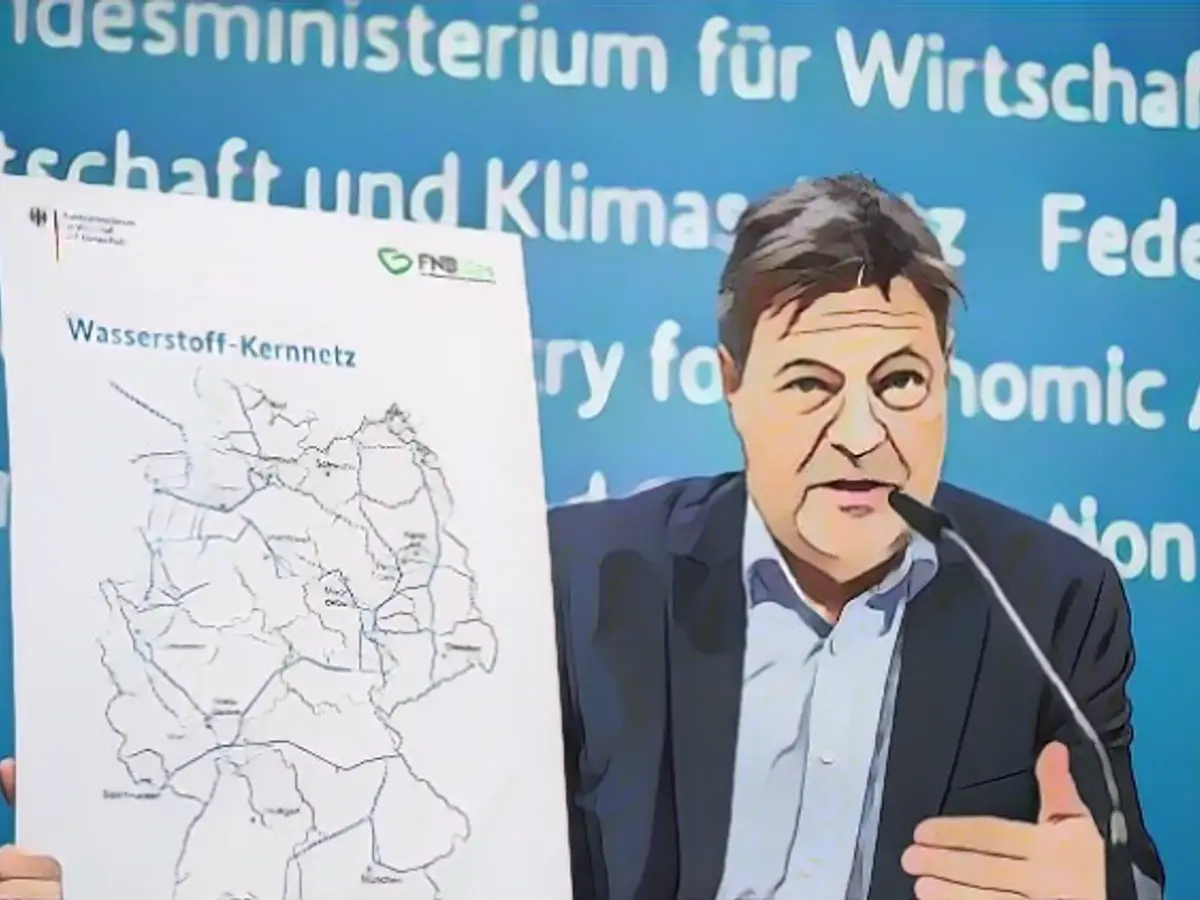Plans Unveiled for Near-Federal Highway-Sized Hydrogen Network in Germany
Hey there, folks! Today, we've got something exciting to talk about. Robert Habeck, Germany's Federal Minister of Economics and Climate Action, is pushing for a massive hydrogen network that's almost as large as the country's famous federal highway network. Let's dive into the details!
Germany's federal highway network stretches around 13,000 kilometers. Habeck wants to get close to this length with a hydrogen core network. The network will cost nearly 20 billion euros to construct and will be completed by 2032. It will connect ports, industries, storage facilities, and power plants, with around 60% of existing natural gas pipelines repurposed for hydrogen. The remaining 40% will require new construction.
The network will be part of Europe's overall hydrogen infrastructure, according to Habeck, with the first hydrogen flowing by 2025. Thomas Gößmann, CEO of the Association of Transmission System Operators (FNB), maintains that there's no time to lose, with excavation expected to begin next year.
Hydrogen, primarily generated using wind and solar power, is set to play a significant role in Germany's future as a low-carbon fuel. It's intended to replace oil, natural gas, and coal in areas like shipping, aviation, power plants, and industrial processes, with around two-thirds of the required quantities expected to be imported.
The network map also includes plans for purchasing hydrogen from North Africa and transportation via Italy to southern Germany. The connection to ports in the north is crucial, as hydrogen is expected to be produced from wind energy around the North Sea, which could be land-transported or brought in via ammonia tankers.
With a goal of becoming climate-neutral by 2045, the German government wants to accelerate progress. Habeck has announced an acceleration law for the core network, similar to the one for liquefied natural gas terminals. After 2032, smaller distribution grids will be connected, bringing hydrogen to more end-users.
Financing for this ambitious project will be a mix of user charges and government funding, with advance payments made over the next few years to keep costs manageable and promote the growth of the hydrogen economy. Construction will be carried out solely by the private sector, though with federal government guarantees.
Enrichment Insights:
- In Europe, the Joint Initiative for Hydrogen Vehicles across Europe (JIVE 1) has deployed 131 hydrogen buses in various countries, including Germany, Italy, the Netherlands, and the UK.
- Karsan, a Turkish bus manufacturer, has partnered with Toyota to launch hydrogen fuel cell-equipped buses in 2025, demonstrating continuing efforts in hydrogen technology.
- An incident involving hydrogen-powered buses in Belfort, France, underscored the necessity for safety measures and clarification on the use of hydrogen.
- European initiatives like JIVE 1 and partnerships between companies like Karsan and Toyota suggest ongoing efforts to develop hydrogen fuel cell technology for transportation.
That's a wrap on today's news! Stay tuned for more updates on hydrogen networks and the push for a greener future. Until next time, happy reading!







